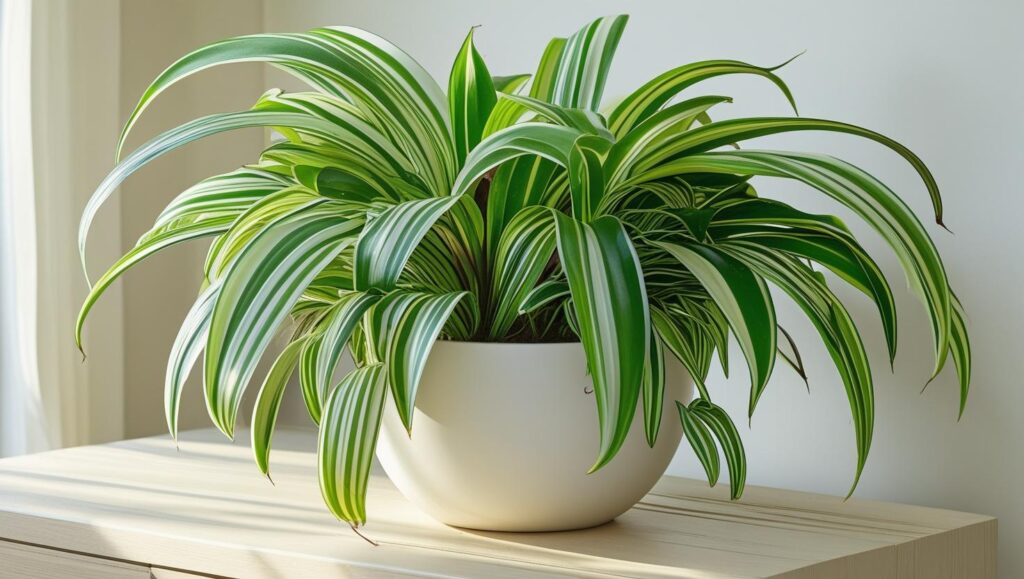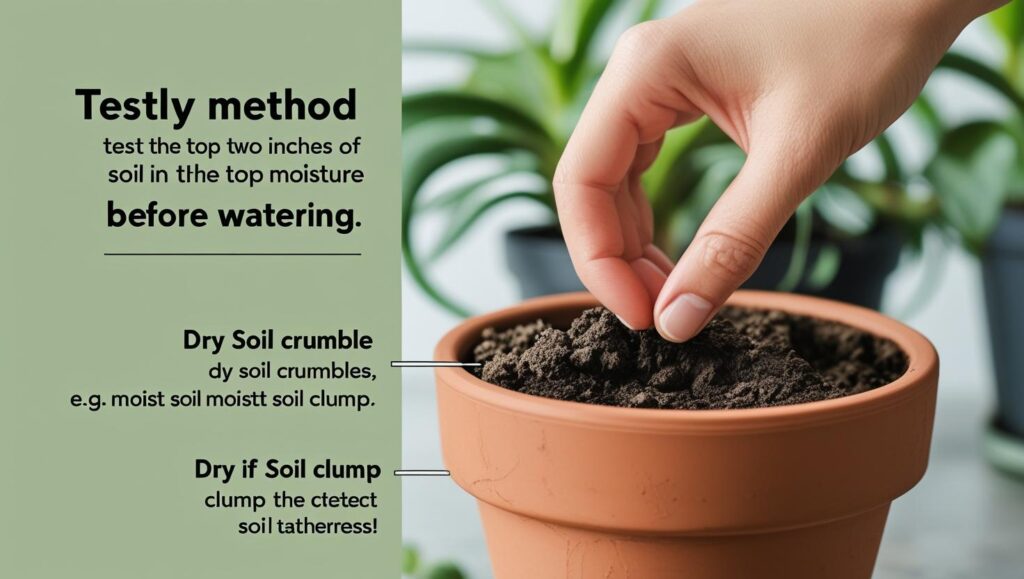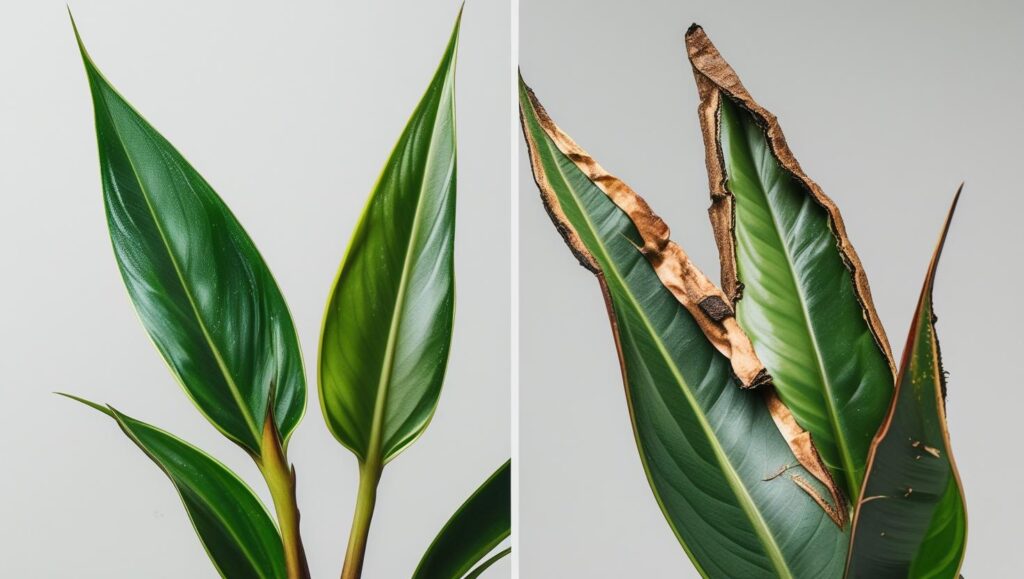
The spider plant (Chlorophytum comosum) is among the most resilient and popular houseplants globally, prized for its arching foliage and straightforward care. For those seeking to cultivate this greenery, understanding the fundamentals of its maintenance is critical. Proper care for spider plants involves a balanced approach to light, water, and soil, which allows these adaptable plants to thrive and reproduce effectively.
Key Insights for Spider Plant Care
| Key Factor | Essential Detail |
| Light | Bright, indirect sunlight is optimal. Direct sun can scorch leaves. |
| Watering | Water thoroughly when the top 1-2 inches of soil are dry. |
| Soil | Use a well-draining, all-purpose potting mix. |
| Humidity | Prefers higher humidity but is tolerant of average household levels. |
Foundational Care for a Thriving Specimen
The enduring popularity of the spider plant stems from its tolerance for a range of indoor conditions. However, replicating its native environment as closely as possible is the key to achieving vibrant, healthy growth. Native to the tropical and southern regions of Africa, these plants grow in well-drained soil under the canopy of taller vegetation, receiving dappled sunlight.
Lighting and Placement
Proper lighting is arguably the most critical factor in maintaining a spider plant’s health. Experts from the University of Minnesota Extension advise placing the plants in a location that receives bright, indirect light. An east-facing window that provides gentle morning sun is often ideal.
“While spider plants can survive in lower light conditions, their growth will be slower, and the characteristic variegation in their leaves may fade,” the extension service notes in a published guide. Conversely, placing the plant in direct, intense sunlight can lead to scorched leaves, which manifest as brown spots and streaks.
Watering and Soil Management
Overwatering is a common mistake that can lead to root rot, a fatal condition for most houseplants. The Clemson Cooperative Extension recommends a specific watering strategy: check the soil moisture regularly and water thoroughly only when the top one to two inches have become dry. When watering, allow the excess to drain completely from the bottom of the pot to prevent the soil from becoming waterlogged.
The type of water can also be a factor. “Spider plants are sensitive to the fluoride and chlorine often found in tap water, which can cause leaf tip burn,” according to information from the Missouri Botanical Garden. They suggest using distilled water, rainwater, or tap water that has been left to sit out for 24 hours to allow some of the chlorine to dissipate.
A well-draining, all-purpose potting mix provides the necessary balance of moisture retention and aeration for the plant’s roots.

Spider Plant Propagation: Cultivating New Life
One of the most distinct features of a mature spider plant is its ability to produce offshoots, or “plantlets,” which are colloquially known as “spiderettes.” This natural method of reproduction makes spider plant propagation an accessible task for most growers.
These spiderettes are small, complete plants that hang from the mother plant on long stems, or stolons. Once a plantlet has developed its own small root system (visible as small nubs at its base), it is ready to be propagated.
According to guidance from The Royal Horticultural Society (RHS) in the United Kingdom, the process is straightforward:
- Select a healthy plantlet with visible root nodes.
- Carefully snip the stolon connecting it to the mother plant.
- Place the plantlet in a small pot filled with fresh, moist potting mix.
An alternative method involves placing the attached plantlet into a pot of soil next to the mother plant. Once it has established roots, the connecting stem can be severed.
Troubleshooting Common Spider Plant Problems
While generally robust, spider plants can exhibit signs of stress when their environmental needs are not met. Understanding these signals is key to diagnosing and resolving issues before they become severe.
Brown Leaf Tips
The most frequent complaint is the browning of leaf tips. As previously mentioned, this is often a reaction to minerals in tap water. “This is primarily a cosmetic issue and does not typically harm the overall health of the plant,” states a guide from the University of Wisconsin-Madison Extension. While switching to purified water is the best solution, the brown tips can be trimmed off with clean scissors for aesthetic purposes.
Pest and Disease Management
Spider plants are relatively pest-free but can occasionally attract common houseplant pests like spider mites, mealybugs, and scale. These pests often appear when a plant is under stress, particularly in very dry, stagnant air.
Regularly inspecting the undersides of leaves can help in early detection. If pests are found, horticultural experts generally recommend starting with the least toxic treatment. A simple spray of water can dislodge many pests. For more persistent infestations, insecticidal soap or neem oil can be effective, according to a plant care guide from the New York Botanical Garden.

The plant’s resilience, however, means that with proper environmental management—correct watering, appropriate light, and good air circulation—most pest and disease issues can be avoided entirely. As the plant matures, occasional repotting every one to two years into a slightly larger container will ensure it has adequate space for its tuberous roots to grow, securing its health for years to come.
How Often to Water Your Snake Plant: A Guide to Avoiding the Most Common Care Mistake
